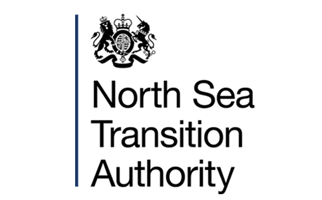
This fifth Wells Insight Report, published in September 2024 by the North Sea Transition Authority, highlights the significant opportunity available to operators who increase their well intervention activity.
The report’s findings are based on an analysis of data from the 2023 UK Stewardship Survey, providing real insight into well activity in the basin.
The report reveals that well intervention is currently able to provide hydrocarbon production at a cost of less than £12/boe, a very attractive option at today’s oil and gas prices. In addition, well intervention requires fewer operational days, less construction material, minimal waste disposal, and lower fuel burn than drilling a new well, and therefore produces lower emissions.
Operators should strive to increase their well intervention activity to extend the production lifespan of their wells, and to provide a stable flow of work for the UK’s world-class supply chain, whose expertise is in demand globally. Suppliers, including rig owners, are increasingly seeking opportunities overseas due to a lack of contracting opportunities in the UKCS. It is vital that this capability is kept in the UK to deliver the floating wind, carbon storage and hydrogen projects which will accelerate the energy transition.
Interventions increased in the Northern North Sea (NNS) to 102 wells in 2023 from 82 in 2022. There was also an increase West of Shetland (WoS) where nine wells benefited from intervention work in 2023 up from two in 2022. However, Central North Sea (CNS), Southern North Sea (SNS) and the East Irish Sea (EIS) experienced a decrease in activity.
Click on this link for access to the Well Insight Report interactive version.
Key findings
- Operators must bring viable shut-in wells back into production
- Well intervention work provides attractive opportunities at an average £12/boe cost
- Report shows urgent need to boost level of well activity and anchor the supply chain in the UK
Previous years' reports
Interactive reports
PDF documents
Click to on the items to download.
PDF documents
-
Wells Insights Report 2022 PDF - 3mb
-
Wells Insights Report 2021 PDF - 2mb
-
Wells Insight Report 2018 PDF - 2mb
Click to on the items to download.


